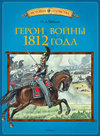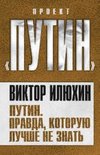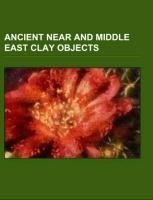
-
 Anglický jazyk
Anglický jazyk
Ancient Near and Middle East clay objects
Autor: Source: Wikipedia
Source: Wikipedia. Pages: 35. Chapters: Bulla (seal), Burney Relief, Clay nail, Cylinder of Nabonidus, Cyrus Cylinder, El-Amra clay model of cattle, Execration texts, Funerary cone, Gudea cylinders, Mudbrick stamp, Oil lamp, Taylor and Sennacherib Prisms,... Viac o knihe
Na objednávku
15.66 €
bežná cena: 17.40 €
O knihe
Source: Wikipedia. Pages: 35. Chapters: Bulla (seal), Burney Relief, Clay nail, Cylinder of Nabonidus, Cyrus Cylinder, El-Amra clay model of cattle, Execration texts, Funerary cone, Gudea cylinders, Mudbrick stamp, Oil lamp, Taylor and Sennacherib Prisms, Tikunani Prism, Weld-Blundell Prism. Excerpt: The Cyrus Cylinder (Persian: ¿) is an ancient clay cylinder, now broken into several fragments, on which is written a declaration in Akkadian cuneiform script in the name of the Achaemenid king Cyrus the Great. It dates from the 6th century BC and was discovered in the ruins of Babylon in Mesopotamia (modern Iraq) in 1879. It is currently in the possession of the British Museum, which sponsored the expedition that discovered the cylinder. It was created and used as a foundation deposit following the Persian conquest of Babylon in 539 BC, when the Neo-Babylonian Empire was invaded by Cyrus and incorporated into his Persian Empire. The text on the Cylinder praises Cyrus, sets out his genealogy and portrays him as a king from a line of kings. The Babylonian king Nabonidus, who was defeated and deposed by Cyrus, is denounced as an impious oppressor of the people of Babylonia and his low-born origins are implicitly contrasted to Cyrus's kingly heritage. The victorious Cyrus is portrayed as having been chosen by the chief Babylonian god Marduk to restore peace and order to the Babylonians. The text states that Cyrus was welcomed by the people of Babylon as their new ruler and entered the city in peace. It appeals to Marduk to protect and help Cyrus and his son Cambyses. It extols Cyrus as a benefactor of the citizens of Babylonia who improved their lives, repatriated displaced people and restored temples and cult sanctuaries across Mesopotamia and elsewhere in the region. It concludes with a description of how Cyrus repaired the city wall of Babylon and found a similar inscription placed there by an earlier king. The Cylinder's text has traditionally been seen by Biblical scholars as corroborative evidence of Cyrus' policy of the repatriation of the Jewish people following their Babylonian captivity (an act that the Book of Ezra attributes to Cyrus), as the text refers to the restoration of cult sanctuaries and repatriation of deported peoples. This interpretation has bee
- Vydavateľstvo: Books LLC, Reference Series
- Rok vydania: 2016
- Formát: Paperback
- Rozmer: 246 x 189 mm
- Jazyk: Anglický jazyk
- ISBN: 9781234589707
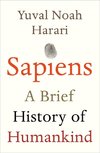

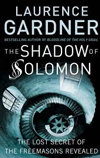


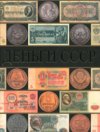
 Ruský jazyk
Ruský jazyk 


